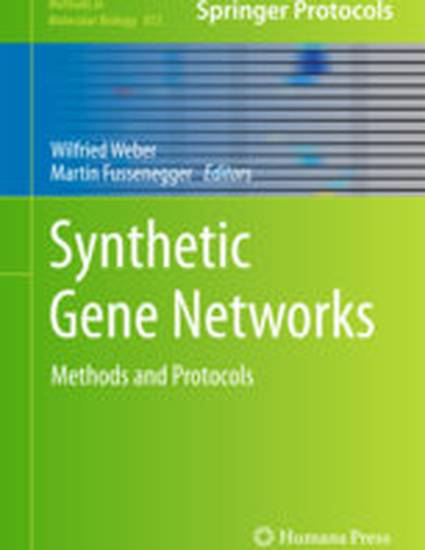
- Synthetic ecosystem,
- Quorum sensing,
- Predator-Prey ecosystem,
- Microbial consortia,
- Biodiversity,
- Synthetic biology,
- Bidirectional Communication,
- Gene Circuit
A major focus in synthetic biology is the rational design and implementation of gene circuits to control dynamics of individual cells and, increasingly, cellular populations. Population-level control is highlighted in recent studies which attempt to design and implement synthetic ecosystems (or engineered microbial consortia). On the one hand, these engineered systems may serve as a critical technological foundation for practical applications. On the other hand, they may serve as well-defined model systems to examine biological questions of broad relevance. Here, using a synthetic predator-prey ecosystem as an example, we illustrate the basic experimental techniques involved in system implementation and characterization. By extension, these techniques are applicable to the analysis of other microbial-based synthetic or natural ecosystems.
Available at: http://works.bepress.com/robert-smith/3/

From the book: Synthetic Gene Networks: Methods and Protocols
Part of the Methods in Molecular Biology Series